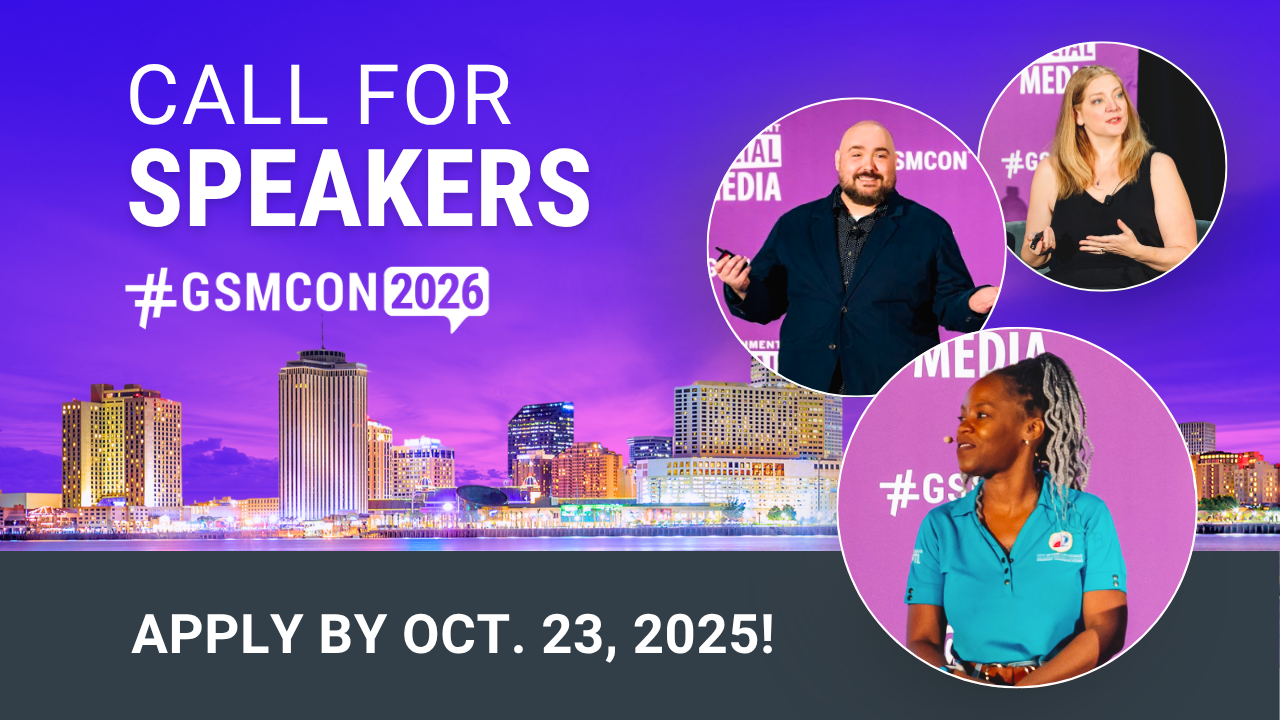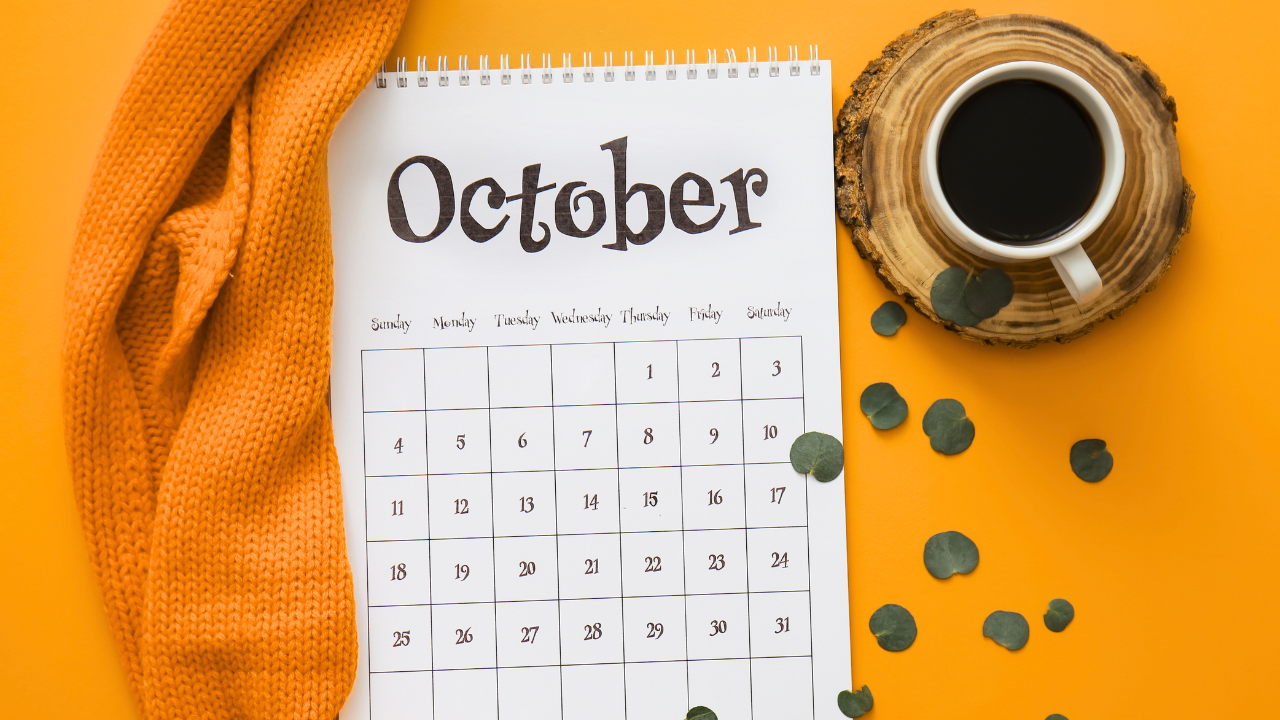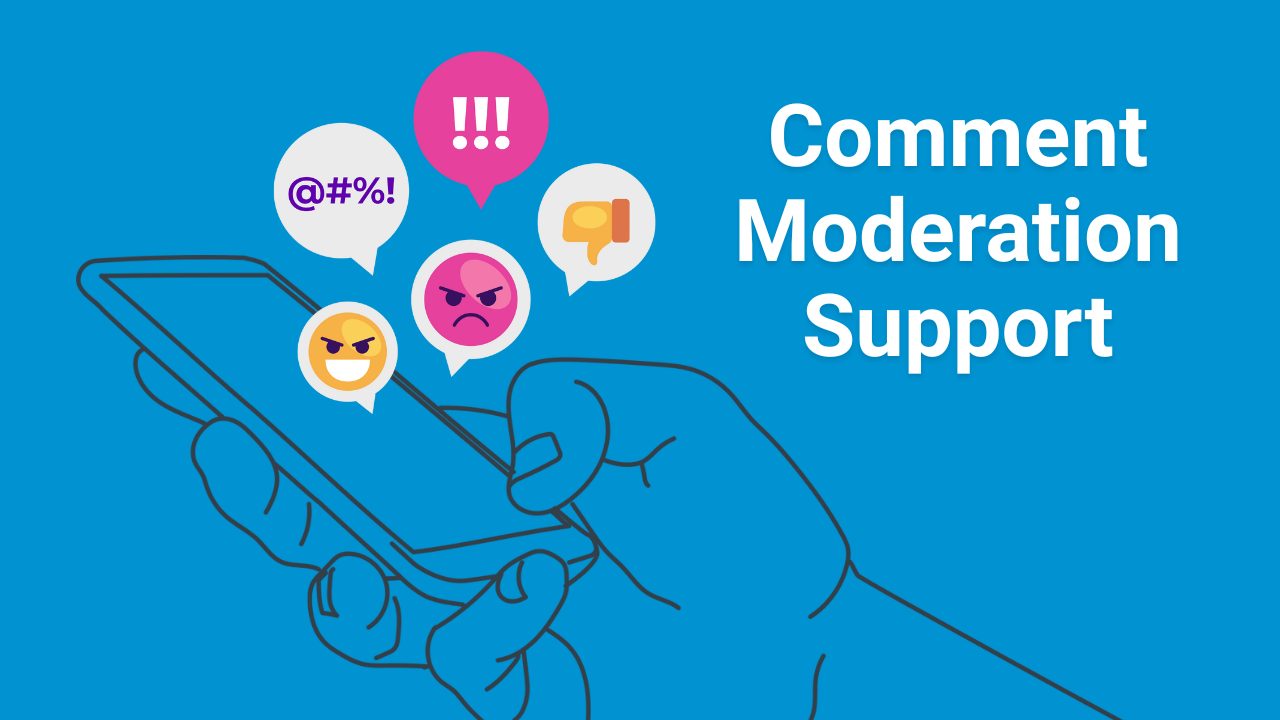
From click to community: Understanding social media’s true impact for gov’t
Oct 09, 2023Contributed blog by Angie Ramirez, Freelance Writer at Government Social Media
Amidst the ever-scrolling memes and viral videos, it’s easy to perceive social media management as just a “fun job.” And while, yes, working in social can be fun–it’s also so much more than that for those responsible for managing the digital presence of government agencies.
Socialgovs have an important responsibility to tell their agency's story, build a sense of community and keep citizens informed with daily information that can impact their lives. It’s a job that seamlessly combines the appeal of online engagement and content creation with a profound sense of responsibility, serving as a vital link between governments and the people they serve.
To truly understand the impact of social media for government agencies, we have to shift our perspectives from chasing likes to building and nurturing communities. We have to understand that the value of social media lies not in the numbers on the screen but in the lives we impact and the communities we strengthen.
In this blog post, let’s dig deeper beyond vanity metrics to understand the full potential of government social media to build stronger, more engaged communities, and identify meaningful metrics that can measure your impact.
Social media ROI for governments
Through social media, we communicate more information faster than ever before, with DMs and comments open 24/7. Feeding the beast and keeping up with monitoring, creating effective campaigns and building a robust digital presence takes time and care. Unfortunately, it can be easy for those who don’t work in the industry to underestimate its value or question if the ROI is worth it.
I’m here to tell you–it is. Just like it’s important to invest taxpayer dollars in roads and schools, it’s important to invest in keeping your community informed through digital channels that resonate with your audience.
Marketers have long appreciated the ROI of social media as a powerful tool to reach potential customers. It’s no different for governments — except, instead of trying to sell a product/service, you’re trying to educate and engage.
Ignoring social media is just not an option in the digital age. Instead, it’s important for socialgovs to truly understand the value of social media for fostering engagement, ensuring transparency and building trust so that when you are inevitably asked to justify the ROI of government social media, you have the receipts.
Building trust through transparency
For many governments, building trust and ensuring transparency is a top priority. Social media can be a powerful tool to achieve these goals by allowing governments to interact directly with the people they serve.
Through social media platforms, governments can share timely and accurate information with the public, build credibility, and demonstrate a commitment to transparency.
As a storytelling tool, social media can peel back the curtain and show how taxpayer dollars are spent in the community and how your government agency is serving the public. Further, by showcasing the faces and stories of public servants, agencies can share the human side of government, making it more relatable and approachable.
Governments can also create content that helps break down complex processes to make them more understandable and relatable. For example, governments and elected leaders can share behind-the-scenes of government operations or provide insights into decision-making processes to build trust and improve transparency.
In the business world, building trust through social media is critical for a company’s bottom line. Sprout Social surveyed 1,000 U.S. consumers on their transparency beliefs and expectations when it comes to social media. Here are some of the key findings for businesses:
- 86% of Americans say transparency from businesses is more important than ever before
- 81% of people believe social media has increased accountability for businesses
- 73% of consumers are willing to pay more for products that guarantee total transparency
- 86% of people are likely to take their business to a competitor if they feel there is a lack of transparency
While governments have different goals than businesses, we can look at this data to see that leveraging social media to build trust and ensure transparency is just as (if not more) important.
In a landscape where trust and transparency are essential pillars of effective governance, social media offers a dynamic platform for governments to build strong connections in their community.
Fostering community conversations
Think of social media as a digital town square where governments and neighbors come together online to share information and have meaningful conversations.
Social media isn’t just a one-way broadcast channel–it’s an opportunity to solicit feedback, build a sense of community, and showcase that the government is listening and responsive. By engaging in two-way conversations, governments demonstrate a desire to listen, an openness to feedback and a willingness to address community concerns.
From a customer service perspective, engaging with citizens via DMs and comments also allows agencies to answer questions in real-time. These one-on-one interactions can have a major impact, helping resolve a citizen’s concern via a platform they are comfortable using. They may be happily surprised to find that their government responded at all (if not after hours or during the weekend as we often do) and that positive interaction could change their whole outlook on the agency/organization.
It’s also important to remember that the true impact of social media often transcends digital spaces and can drive offline interactions, community engagement meetings, signing up for new programs or participating in local events. That big project that requires public input and community engagement? Post about it on social media to increase awareness and get the community excited about sharing their input.
Measuring impact through meaningful metrics
Social media success is too often measured in vanity metrics like the number of likes or followers an account has. While these metrics do offer some useful insights, they often fall short of conveying the real impact of government social media profiles.
Below, I’ve outlined some meaningful metrics and what they actually mean for socialgovs:
- Shares: This is one of my favorite metrics because it means that not only did someone SEE your content, but they liked it enough to share it with family or friends. Shares on a post can indicate that the content resonated with your audience and that it offered valuable information that people wanted to share with their networks.
- Click-Through Rate (CTR): The click-through rate measures the percentage of people who clicked on a link in your post. This metric is important because it indicates that people in your audience are interested in your content and want to learn more. Clicks can lead to people signing up for programs, learning about projects and getting involved in their community.
- Reach: A high reach on a post indicates that the content reached a wider audience, helping to increase awareness of a service, initiative, event, program, etc. When looking at reach, it’s also interesting to compare follower vs non-follower reach to see if your content is reaching beyond your typical audience.
- Follower growth: While just looking at the number of followers on an account can be a vanity metric, follower growth year after year provides necessary context. Measuring follower growth can help socialgovs gauge if their content is resonating and reaching new members of their target audience. Seeing growth — as long as it is authentic growth within the community you are trying to reach — is great because it means that you are reaching more members of your community on a regular basis.
Tracking social media metrics is important for socialgovs to quantify their work's impact. I highly recommend creating monthly social media reports for your government organization if you aren’t already. While these reports take time, they allow you to track and communicate the impact of social media efforts in your community.
In addition to including the above metrics, I recommend including examples of comments, DMs and other interactions that showcase social media as a powerful touchpoint to build trust, establish a sense of community, provide customer service, build transparency, tell your organization’s story and so much more. When I’m compiling monthly social media reports, the “top posts” aren’t always the post with the most likes, they’re often the posts that have the biggest impact on people’s lives.
Conclusion: Community-centric social media
Working in government social media is a weird but incredibly rewarding gig. On one hand, you may receive looks while trying to film a TikTok trend with another department, but on the other hand, you’re establishing a critical channel of communications that can nurture and empower communities in the digital age.
When we think about the journey from click to community, we see that the true power of social media for governments lies in the connections it forms, the trust it builds, and the communities it strengthens. Social media is so much more than an entertaining way to pass the time. It’s a powerful communications channel that can help keep communities informed, engaged and connected.
Meet the author
Angela Ramirez (Pitts)
Freelance Writer - Government Social Media LLC
Angela is an award-winning government communicator who is passionate about leveraging social media to build strong relationships between government agencies and the people they serve. During her tenure with the City of Tampa, Angela proudly maintained a dynamic social media presence for the City, telling Tampa’s story through historic events, including the Super Bowl, the COVID-19 pandemic, major hurricanes, and more. She also helped establish a community-centric social media following for the City, growing the @cityoftampa Instagram profile from less than 1k followers to over 100k in under five years.
Best communicate with the public you serve and get connected with fellow socialgovs by
joining our free network for bi-weekly Government Social Media Chats or professional association for member-only webinars. Sign up for our newsletter to get the latest updates on training, events and more.
We support the largest network of government social media professionals in the U.S. by guiding government agencies through complex social media issues. Government Social Media helps you successfully communicate with the public you serve, protect your agency and keep public trust while finding your support community.
Government Social Media® empowers government professionals to achieve mastery in social media through conferences, online training, and association membership. Best communicate with the public you serve and get connected with fellow socialgovs by registering for the 2026 Government Social Media Conference happening in New Orleans, LA and virtually from wherever you are! Join the free GSM Network for text-only chats on socialgov topics or access the Government Social Media Association (GSMA) for regional virtual meetups and educational webinars.










